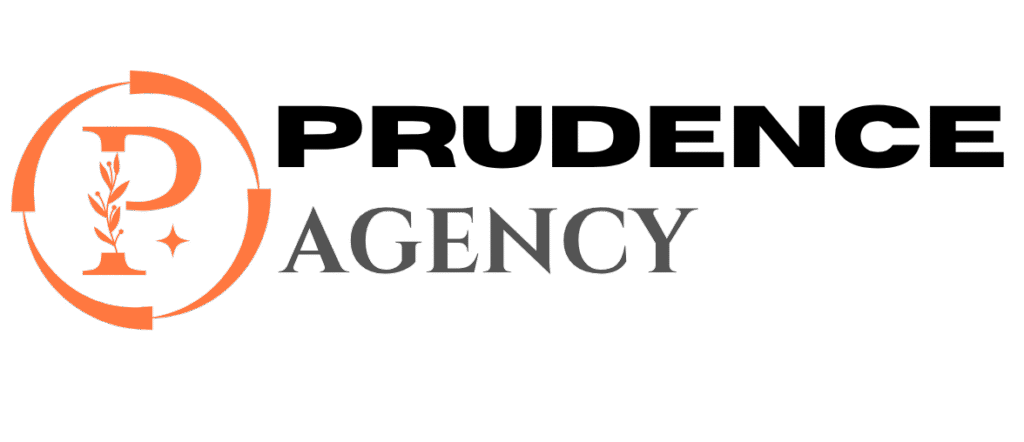How to Improve Your Email Open Rates: Proven Tips & Best Practices
Email marketing remains one of the most effective channels for reaching your audience and driving conversions. However, no matter how compelling your email content is, it all starts with a critical metric: email open rates. Higher open rates mean more eyes on your content and better engagement, which can translate to increased sales, brand awareness, and customer loyalty. If you’re struggling with low open rates or want to boost your email marketing success, this guide will show you exactly how to improve your email open rates with actionable, SEO-friendly strategies.
Why Are Email Open Rates Important?
Understanding why email open rates matter is essential for optimizing your campaigns. Here are a few reasons why improving open rates should be your priority:
- Better Engagement: More opens generally mean more clicks and interactions.
- Improved Deliverability: Email providers track engagement to determine inbox placement.
- Higher ROI: Emails that get opened lead to conversions and sales impact revenue.
Common Factors That Impact Email Open Rates
Email open rates don’t happen by chance. Many elements influence whether your emails get noticed or ignored, including:
- Subject Line: The first impression and deciding factor for recipients.
- Sender Name: Trust and recognition play a major role.
- Send Time & Frequency: When and how often you email affects engagement.
- Audience Segmentation: Delivering relevant content to the right people.
- Preheader Text: Supporting text that entices readers to open.
12 Proven Strategies to Improve Your Email Open Rates
Let’s dive into practical, expert-backed tips to enhance your email open rates and maximize the impact of every campaign.
1. Craft Compelling Subject Lines
Your email’s subject line is the gateway to your content. Use these tips to make yours stand out:
- Keep it short and sweet (6-10 words preferred).
- Create curiosity without being clickbait.
- Personalize with the recipient’s name or preferences.
- Use action verbs and urgency sparingly.
- Avoid using all caps and excessive punctuation.
2. Optimize Your “From” Name
People are more likely to open emails from sources they recognize or trust. Use your brand name or a consistent individual name. For example:
- Brand Name
- John from Brand Name
3. Segment Your Email List
Segmentation enables you to send targeted, relevant content to specific groups of subscribers based on demographics, behavior, or purchase history.
- Segment by location, interests, or previous interactions.
- Send personalized offers or information.
- Maintain smaller, highly engaged lists instead of one big one.
4. Test Your Send Time and Frequency
Timing matters! Test different days and times to see when your audience is most likely to engage:
- Weekdays mid-morning or early afternoon often work well.
- Avoid over-emailing; frequency fatigue decreases open rates.
5. Use Engaging Preheader Text
The preheader acts as an extension of your subject line. Make it compelling, clear, and complementary to encourage opens.
6. Maintain a Clean Email List
Remove inactive subscribers regularly to maintain a healthy list and improve deliverability.
7. Personalize Beyond the Name
Use dynamic content based on purchase history, browsing behavior, or preferences to make your emails feel unique and relevant.
8. Make Your Emails Mobile-Friendly
With over half of emails opened on mobile devices, responsive design is essential for accessibility and engagement.
9. Build Anticipation with Teasers and Series
Use drip campaigns or tease upcoming offers to keep subscribers looking forward to your emails.
10. Avoid Spam Triggers
Ensure your emails follow best practices to avoid spam filters that prevent opens, such as avoiding spammy words and excessive symbols.
11. Include Social Proof
Add testimonials, reviews, or social badges in your emails to boost credibility and encourage clicks after open.
12. Use A/B Testing
Constantly test subject lines, send times, and content to learn what resonates best with your audience.
Example Table: Subject Line Testing Results
| Subject Line | Open Rate | Click-Through Rate | Notes |
|---|---|---|---|
| “Don’t Miss Out! 20% Off Ends Tonight” | 28% | 9% | Performed well due to urgency |
| “Jane, Your Personalized Gift Inside” | 34% | 12% | Highest opens thanks to personalization |
| “Our Latest Updates & News” | 18% | 5% | Too generic, low engagement |
The Benefits of High Email Open Rates
Boosting your email open rates brings numerous benefits that ripple throughout your marketing ecosystem:
- Stronger Customer Relationships: Better open rates mean your audience values your messages.
- Increased Revenue: More opens lead to more clicks and conversions.
- Email Deliverability Improvement: Higher engagement signals quality to email providers.
- Enhanced Brand Awareness: Frequent opens build recognition and credibility.
Conclusion: Start Improving Your Email Open Rates Today
Improving your email open rates is a multifaceted process that combines thoughtful strategy, testing, and audience insights. Start by crafting irresistible subject lines, optimizing sender names, segmenting your list, and testing your send times. Don’t forget to maintain a clean list, personalize content deeply, and use preheader text wisely. Email marketing is a powerful tool when done correctly – boosting open rates is the first step to unlocking its full potential.
Implement these strategies to see measurable improvements in your email campaign performance. Remember, consistency is key. Keep testing, learning, and optimizing to stay ahead and keep your audience eager to open your emails.











